Resolution #426
 |
The question of measures to limit illegal drug trafficking. |
| Committee: DISEC | |
| Main Submitter: Pakistan | |
| Submitted: 14/02/2025 21:05 |
| Status |
|---|
| Passed cosubmitter sheet validation |
| Approved by approval panel |
| Selected for debate by secretariat |
| Passed by committee (DISEC) |
Committee Voting
| For: | 34 |
| Against: | 12 |
| Abstentions: | 4 |
Options
Co-submitters
 | Albania |
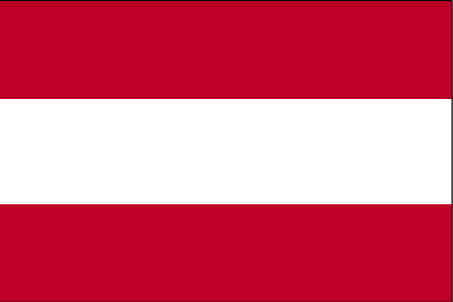 | Austria |
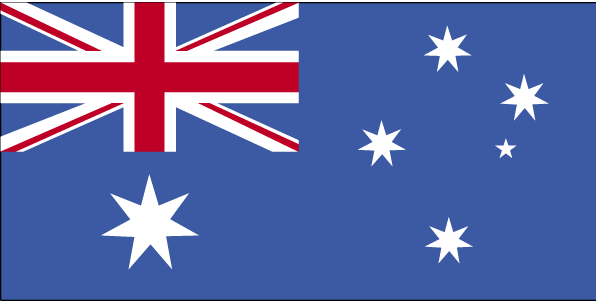 | Australia |
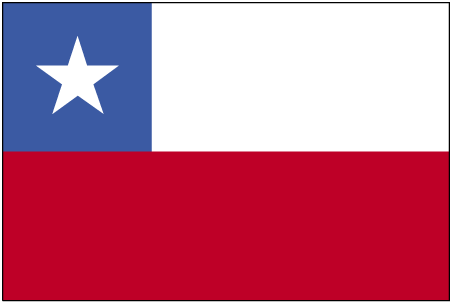 | Chile |
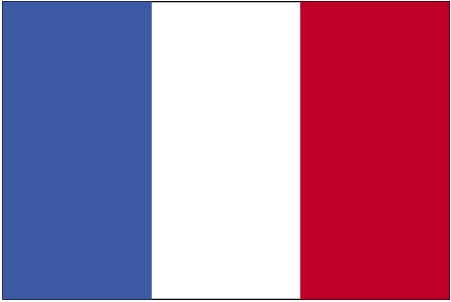 | France |
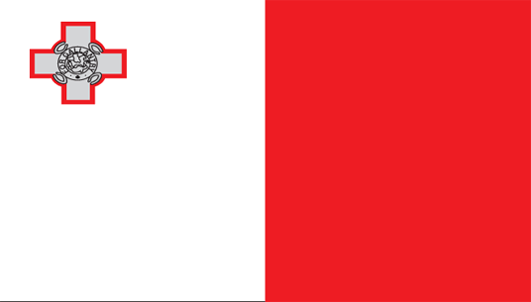 | Malta |
 | Qatar |
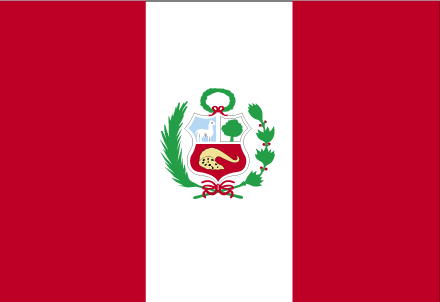 | Peru |
 | Portugal |
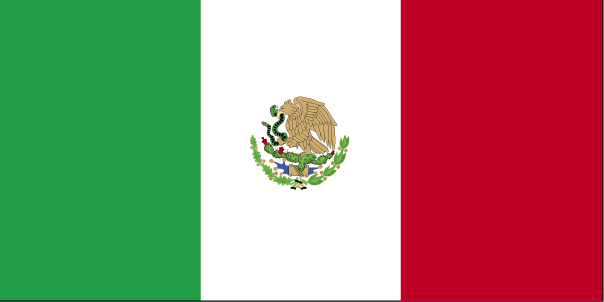 | Mexico |
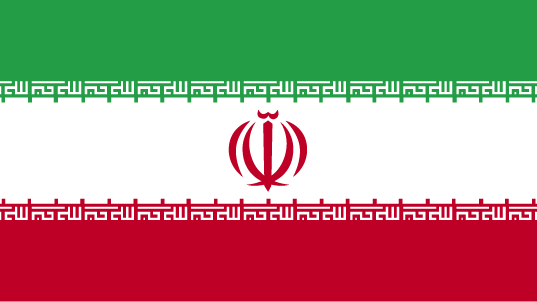 | Iran |
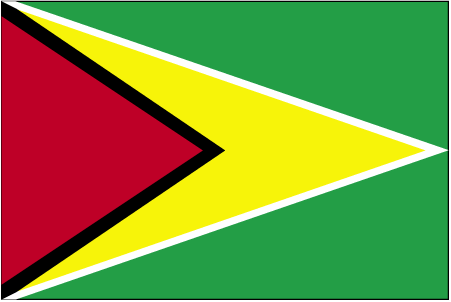 | Guyana |
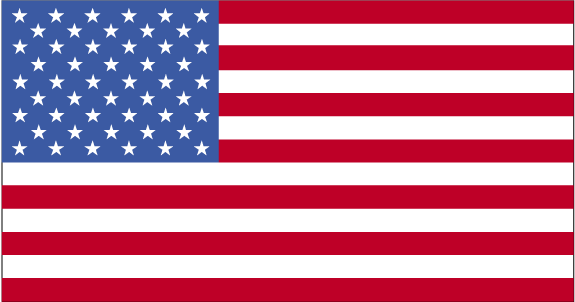 | USA |
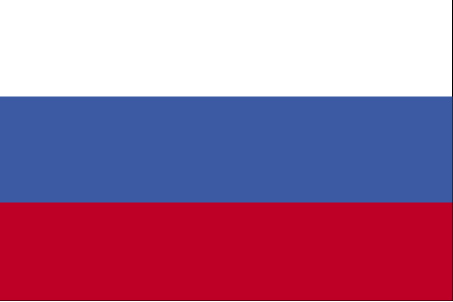 | Russian Federation |
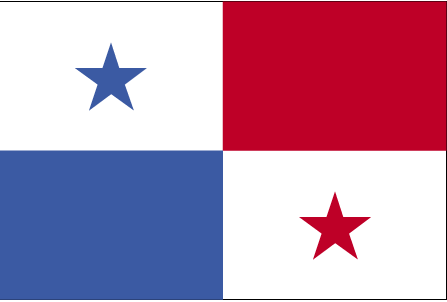 | Panama |
Resolution
FORUM: DISEC
THE QUESTION OF: Measures to Limit Illegal Drug Trafficking
SUBMITTED BY: Islamic Republic of Pakistan
CO-SUBMITTED BY: Albania, Australia, Austria, Chile, France, Guyana, Iran, Malta, Mexico, Panama, Peru, Portugal, Qatar , Russian Federation, United States of America,
DISARMAMENT AND INTERNATIONAL SECURITY COMMITTEE,
Recalling the United Nations Convention against Illicit Traffic, Narcotic Drugs and Psychotropic Substances (1988), as well as the Single Convention on Narcotic Drugs (1961) and the Convention on Psychotropic Substances (1971),
Bearing in mind the need to adopt a multi-faceted approach involving prevention, interdiction, rehabilitation, and alternative development to effectively address illegal drug trafficking,
1. Calls for the establishment of the United Nations Bureau for Anti-Narcotics Strategy (UNBANS) as a specialized division under the UNODC comprised of representatives from Member Nations and experts in the area of drugs, which would work in conjunction with the International Narcotics Control Board(INCB), United Nations Interregional Crime and Justice Research Institute (UNICRI), World Health Organization (WHO), and any other relevant agencies and bodies to compile strategies and do research in and around the topic of drugs and narcotics, additionally their mandate shall oversee all clauses in this resolution and the following:
a. Hosting a biannual conference in Geneva, Switzerland with the option for online attendance, within 12 months of the passing of this resolution, and every 6 months attended by all willing Member Nations, representatives from all relevant drugs and prevention of crime bodies to discuss improvements needed on this matter, the recent developments and an extensive report overseen by UNBANS which will include but not limited to:
i. Research into the dangers, uses, how they are exploited and ways to rehabilitate people to be presented at the conference, the DISEC Committee and UNBANS within 12 months of passing this resolution
ii. Recalling any major illegal drug events and problems since the previous conference and produce statistics and findings on these events to analyse the negatives and ways to improve, furthermore encouraging legislation, resources and any other relevant aid or punishment required due to actions
b. Overseeing, designing and creating a 24-hour hotline overseen by UNBANS for Member States, bodies for citizens to disclose suspicious transactions or violations of drugs and narcotics export controls based in New York, USA, other smaller regional hubs will be placed in countries with leading expertise on the topic and other reasons to be decided, and adapt to sensitivities
c. Implement a standardized international classification system to identify, regulate and manage precursor chemicals based on their risk level for misuse in narcotics production and evaluate its danger levels also which will be done in a manor of classes ranging from class 1 to class 5, from more dangerous to less dangerous, whilst also taking into consideration to things like the quantity, quality and any history of the chemicals when making this classification for easier distinction;
d. creating a mass media campaign aimed at educating the public on the dangers of drug trafficking and drugs as a whole, working with private social media companies through a public private partnership, to ensure that the awareness spread through means such as but not limited to:
i. the addition of drug use and dangers education in school curriculum working with member nations to adjust the education to the specific needs of the member states, educating the youth on the dangers of drugs in general on them as well as the dangers of being involved with drug trafficking
ii. using social media platforms, news outlets, and other forms of media and information spreading to provide monitored and audited information on the subject of drug trafficking, ensuring that fear mongering is not created through the spreading of information by discussing with experts on psychology and experts on criminology based around drug trafficking
iii. further promotion of the use of the necessary and official reporting mechanisms and networks developed by government institutions, this will include awareness about the need to report suspicious activity related to drug trafficking or use, especially in financial institutions and where such reporting mechanism can be found;
2. Proposes Member States to implement and strengthen border control systems and security protocols, especially in areas prone to illegal drug trade found through the research report, to monitor and prevent the movement of chemicals, narcotics and members affiliated with drug-related organisations to cross borders by doing but not limited to:
a. Constructing and strengthening infrastructure at borders to combat the vast movement of drug activity with ways but not limited to new methods of soft and hard infrastructure from conducted research by UNBANS
b. Train and educate officers by integrating it into an educational program drafted and executed by UNBANS with other relevant bodies allowing those on the borders of Member States to have better expertise with aims to strengthen checks of ID, belongings and to eliminate inside corruption whilst to also better deal with complicated and difficult situations that may arise
c. Asks that Member States consider new technologies such as drones, systems, AI-based tracking systems, and biometric security to detect trade paths and activities by developing a real-time, centralized database that is privatised using retina scanning and other that enables intelligence-sharing between law enforcement agencies worldwide;
3. Calls upon financial institutions and law enforcement agencies to target cartel finances and other drug-related transactions through:
a. Provide incentives for those vulnerable to drug trafficking to pull them away before they are sucked in such as but not limited to Short-term loans, where appropriate, grants for rehabilitation and increased jobseekers benefit
b. Urging stricter financial oversight and by enforcing real-time transaction monitoring, asset freezing, and compliance with global anti-money laundering frameworks, expanding financial intelligence units to track illicit money flows, and increasing accountability on financial institutions complicit in laundering drug profits by using punishments like legal repercussions, fines, jail time or any reasonable punishment deemed by UNBANS or any other legal body associated and overseeing such cases;
4. Encourages the construction of rehabilitation, mental health services and infrastructure nationwide in Member States to help those fallen into the drug trafficking services to exit and help those who have already escaped to be overseen by UNBANS, public and private institutions, and other relevant bodies, which will include, be implemented and be executed by doing as follows:
a. Creating a drafted plan by UNBANS and other relevant stakeholders which will be presented to Member states who shall then tailor their programs based on their cultural needs, beliefs and sensitivities
b. To employ new tactics of researched methods to provide rehabilitation with specific reference to the UN Publication identifying "Best Practices" in Drug-Abuse Treatment and Rehabilitation along with the research conducted in clause 1 by UN bodies to formulate the best strategy possible
c. Asks that LEDC’s to be looked after by Member states while working in conjunction with UNBANS, the LEDCs governing body and other relevant NGOs in the construction, aid, and adoption of this new scheme to make sure all are included;
5. Hopes that the resolution will begin its implementation by 2026, in terms of the creation of initiatives and other necessities to implement this resolution.
6. Asks for the creation of a Global Chemical Tracking and Regulatory Framework (GCTRF), under the supervision of UNBANS to regulate, manage, control and track the sale and transportation of major chemicals that are used in the production of drugs to do but not limited to:
a. asks for the Security Council to require mandatory reporting from chemical manufacturers, suppliers, and distributors regarding large or suspicious transactions involving substances frequently used in drug production such as sulfuric and hydrochloric acid with certain sensitive laws to be tailored to member nations how UNBANS sees fit
b. enhance cross-border cooperation and data-sharing mechanisms among national law enforcement agencies, customs authorities, and regulatory bodies to identify and prevent illegal chemical diversions on a national and transnational basis
c. develop a centralized global registry to monitor the production, sale, and transportation of high-risk precursor chemicals, ensuring transparency across supply chains
d. support developing nations with financial and technical assistance to strengthen their capacity for monitoring and regulating precursor chemicals effectively especially to LEDC’s where such resources may be limited or not available.